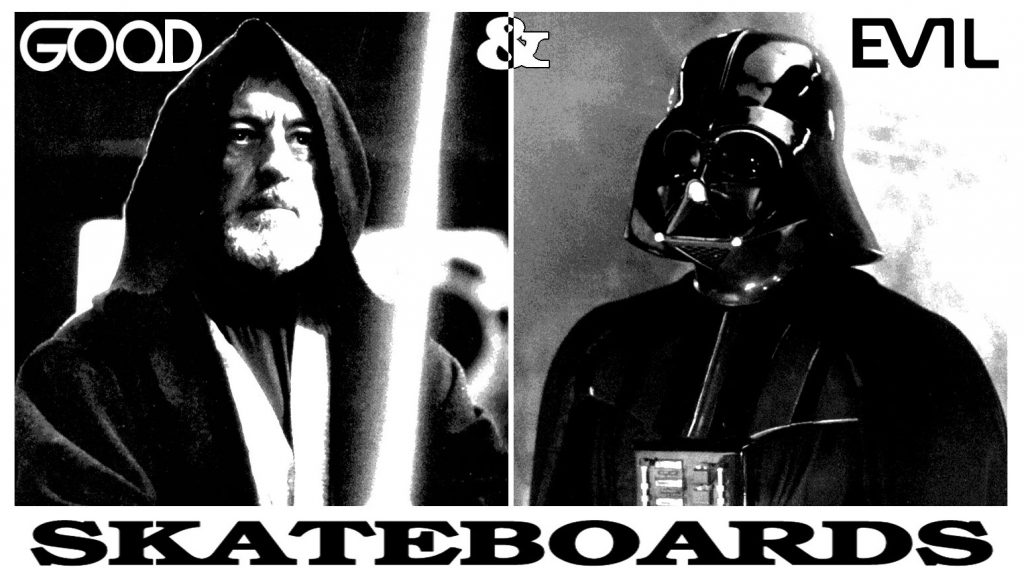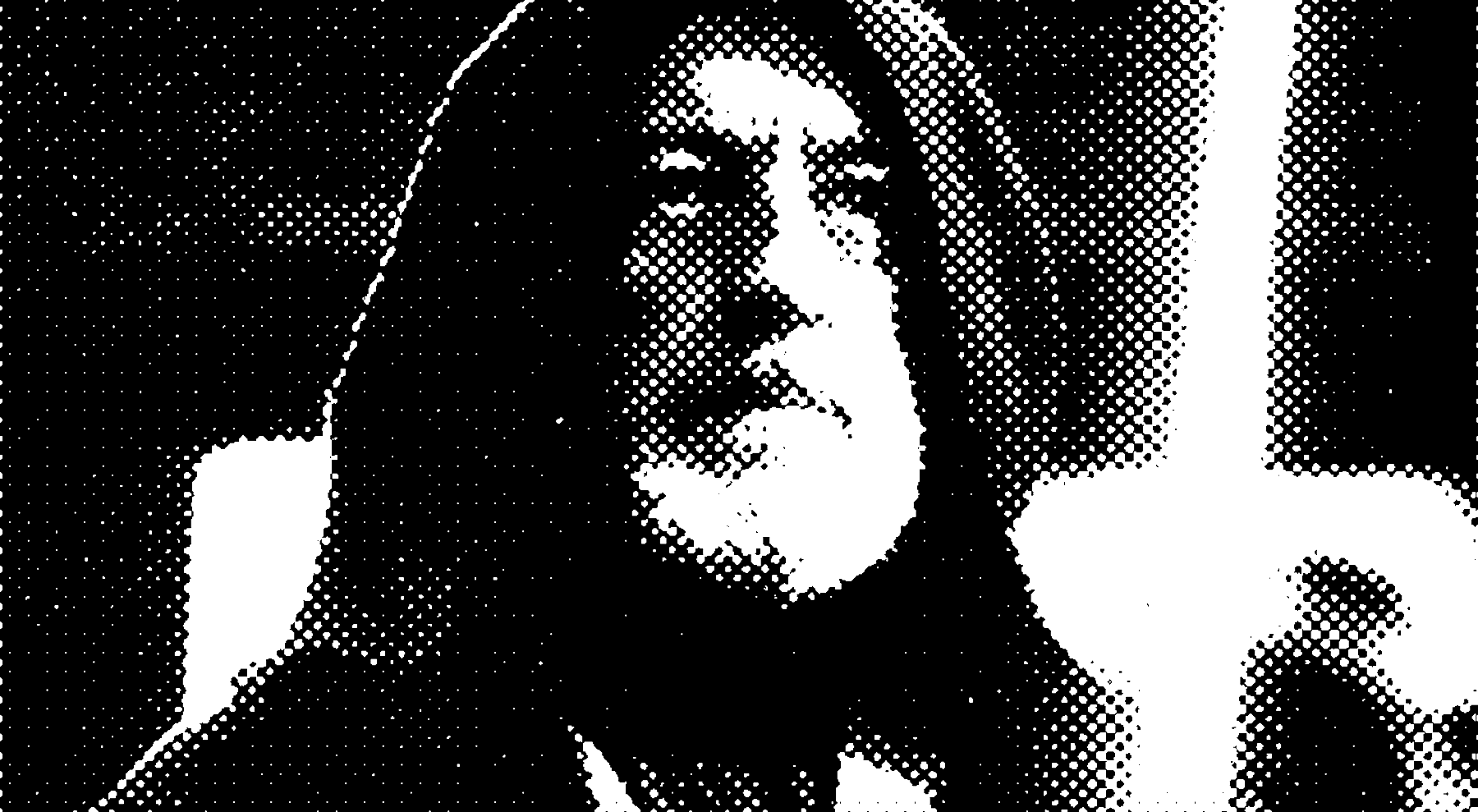I grew up skateboarding in the late 80s and early 90s. I spent most of my youth on a skateboard and all of my best friends skated. Skateboarding was my introduction to art, music and pretty much anything interesting. In my second year of art school, I started to visualize my idea of what a skateboard company should be. My concept scribbles became Good & Evil.
in December of 1994, Don Kahler sent me a check for one hundred dollars in the name of Good And Evil. This check marked the official beginning of GoodandEvil Skateboards. In order to cash this check I had to create a business account in the name of Good And Evil.
Good And Evil skateboard was brewing long before this financial transaction. In the Fall of 1993, I moved to Providence, Rhode Island. I was transferring from Philadelphia to continue my art school education at RISD (Rhode Island School of Design). I spawned the concept for G&E before moving. The idea was pretty simple and the focus was extreme positions: Good vs. Evil. I had been drawing logos, writing ideas and graphics. This was all completely imaginary during this time.
When I got to Providence things started to change. In the cold Winter of 1993 I had the good fortune of meeting Shepard Fairey at a late night Kinko’s zine making session. He was working on Andre the Giant stuff and we quickly hit it off. When I learned that he had an indoor mini-ramp in his studio, I knew immediately where I’d be spending my free time.
Shepard was a huge influence on me. His work ethic and drive were evident even back then. Many of my friends ended up working in Shepard’s printing studio making t-shirts and stickers. I did a little of this, but I would get quickly bored of cutting “Andre the Giant has a Posse” stickers and would end up skating the ramp for hours.
The studio was mainly a screen printing facility for t-shirts. He had three multi-color t-shirt presses and a massive old dryer. Since the tools were present, we actually made two t-shirts before a skateboard was ever produced. Shepard was generous with his studio and as long as we didn’t interrupt paying jobs, we could use the space.

Shepard and I both were interested in making skateboards. We skated every day and it seemed like a no-brainer. I had made a connection with a skateboard manufacturer in Alabama. We decided to split a run of decks, to cut costs, and print them ourselves in his studio.
